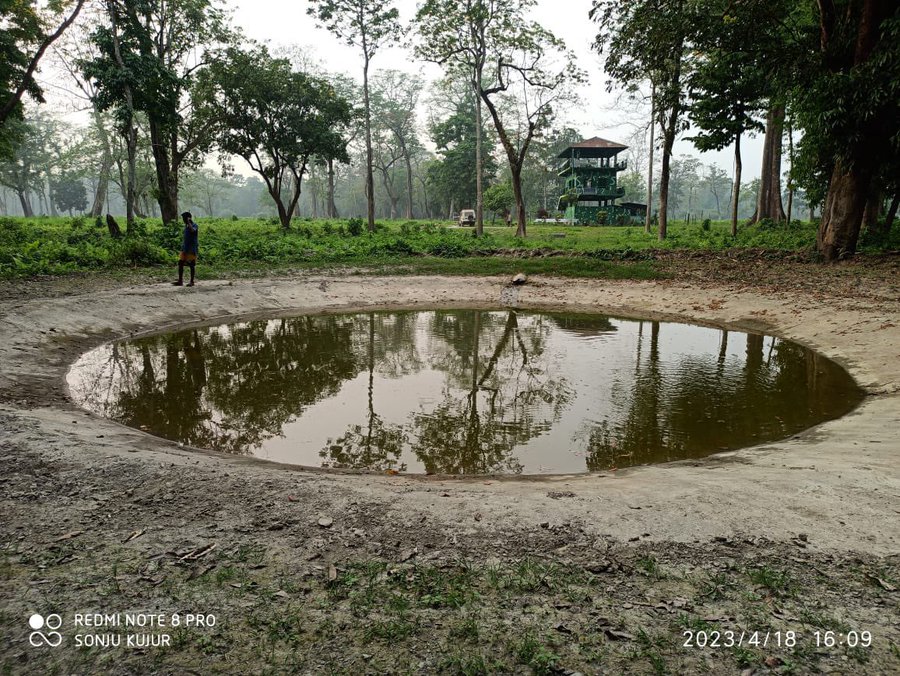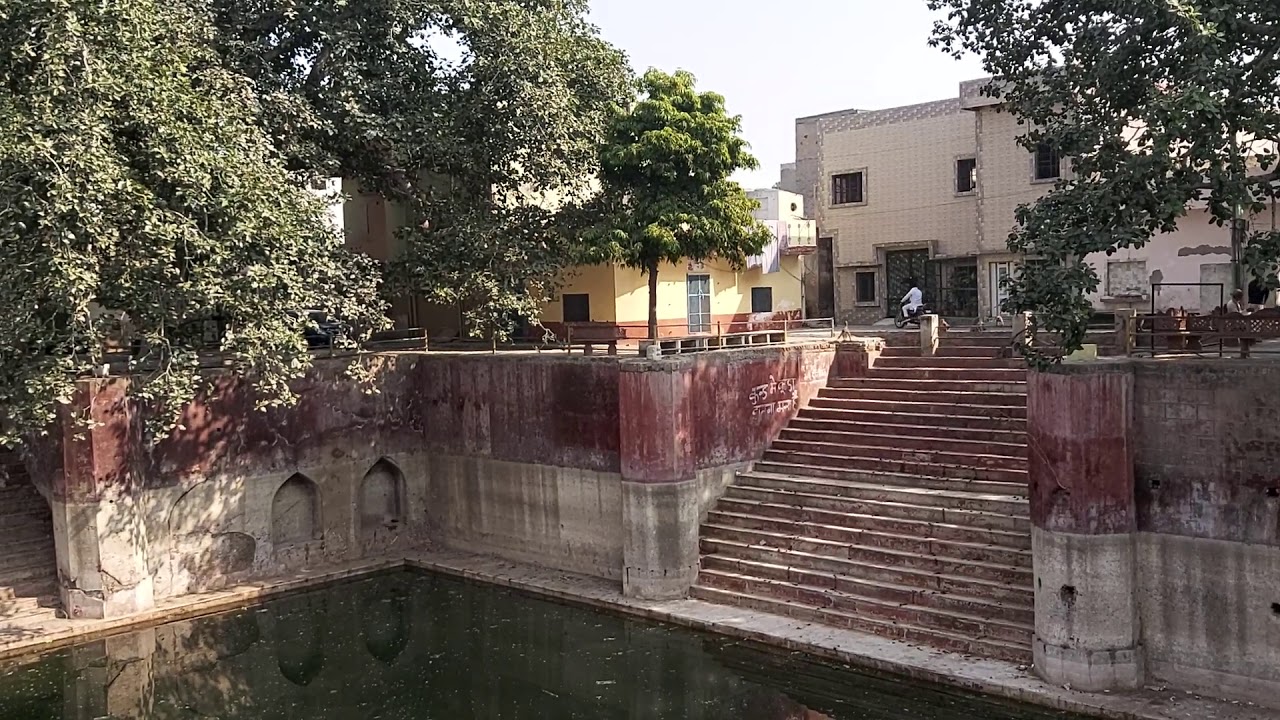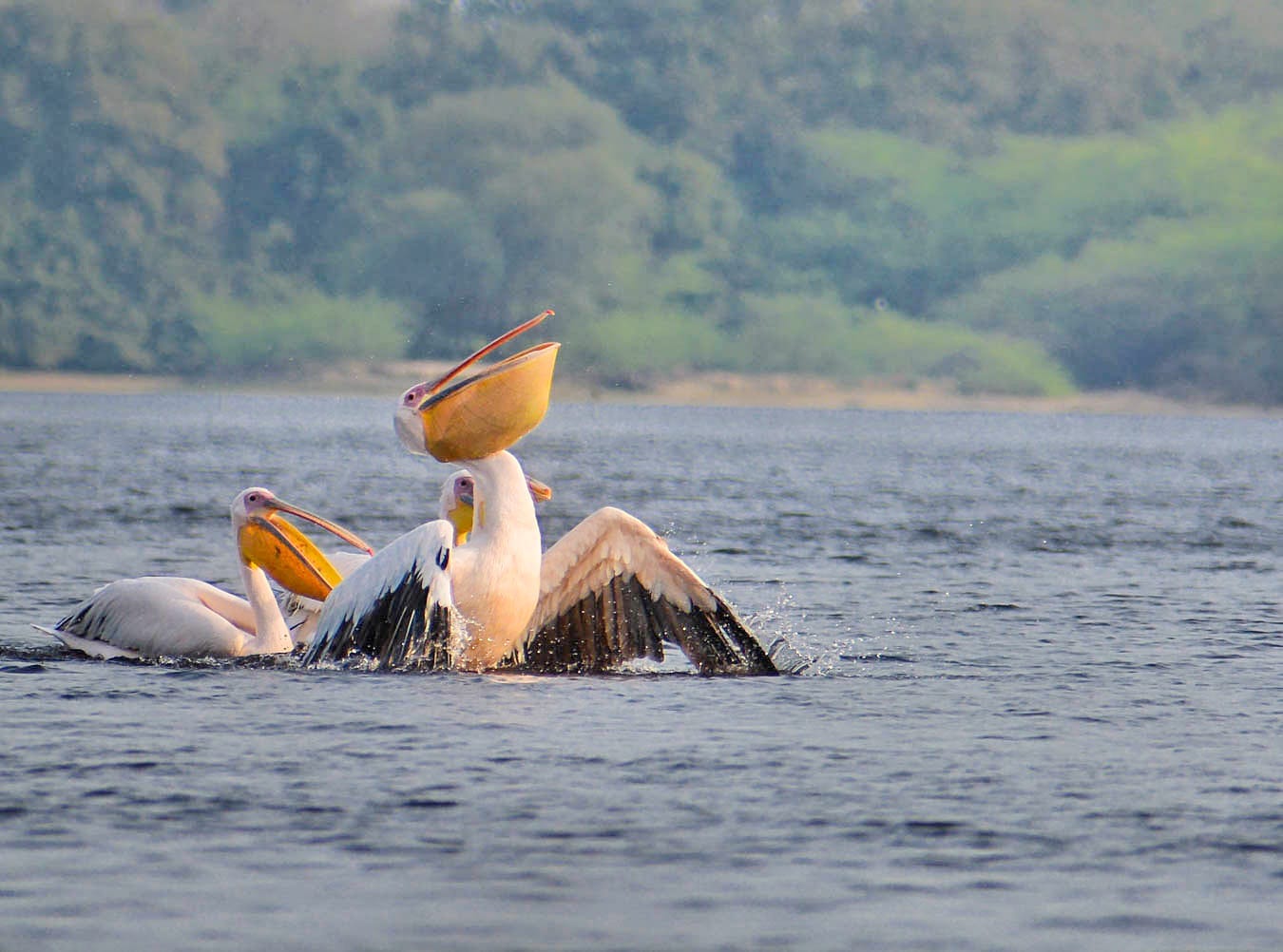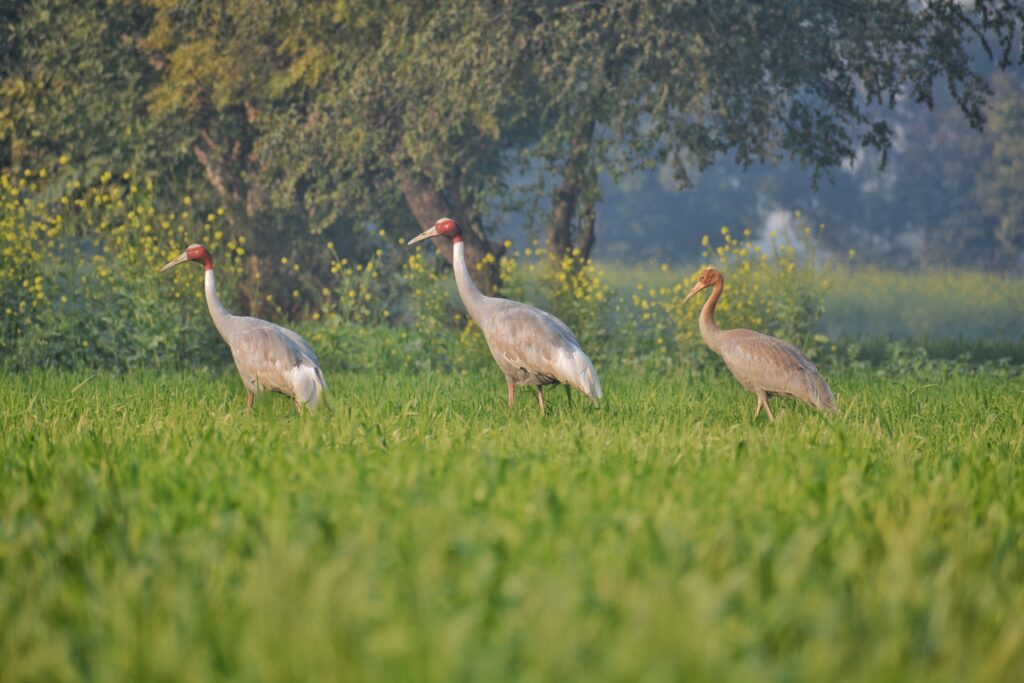
2024.01.18 (Vrindavan Today News): The Uttar Pradesh Braj Teerth Vikas Parishad (UPBTVP) has proposed a project to construct five water holes in Barsana. This initiative will be a significant move towards water conservation and enhancing the natural beauty of religious sites. The project with the estimated cost around Rupees 1.74 crore, aims to address the challenges faced by devotees who often find themselves with limited options for spending time during intervals between darshan at various temples.
Recognizing the need for recreational spaces for devotees, the hilly terrain of Barsana, including different religious sites, will undergo afforestation. The project will involve planting trees and greenery, creating serene spots for pilgrims to relax amidst the lush surroundings. Particularly, in the Maan Mandir vicinity and the Manpur Van Block, a water holes project has been conceived to promote water conservation and support aquatic life.
The water holes, measuring 7 meters in length and 3 meters in width each, will feature five levels designed to capture rainwater. This rainwater will be stored for duration of approximately 3 to 4 months, providing a sustainable water source for the surrounding vegetation. Beyond water conservation, these holes will serve the dual purpose of nourishing nearby plants and trees.
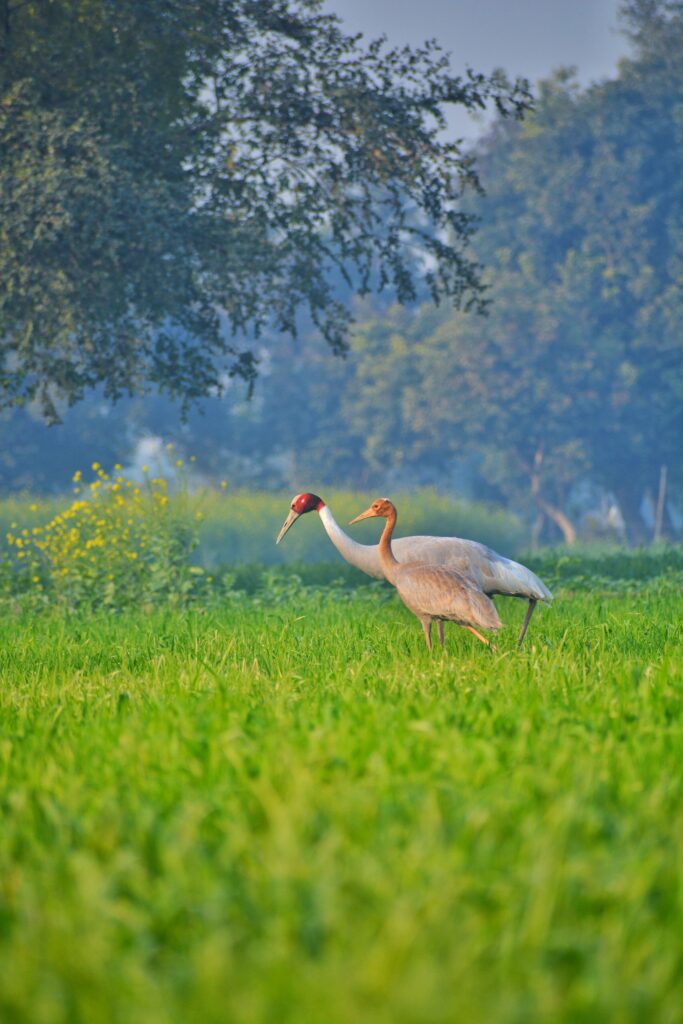
This holistic approach aligns with the broader vision of promoting tourism and generating employment opportunities. Devotees, with additional options for spending their leisure time, are expected to contribute to increased sales of food, beverages, and religious paraphernalia during extended stays at the temples.
The construction of five water holes in the Manpur forest block holds promise for both water conservation and irrigation. Each water hole is designed not only to conserve water but also to provide sustenance to the flora in the vicinity. Additionally, these water holes will serve as sanctuaries for aquatic life, including turtles and fish, contributing to the overall ecological balance.
The concept of this ambitious project reflects a commitment to both religious tourism and environmental sustainability. The initiative is poised to enhance the overall pilgrimage experience for devotees while fostering a harmonious relationship between spiritual practices and the conservation of nature.


